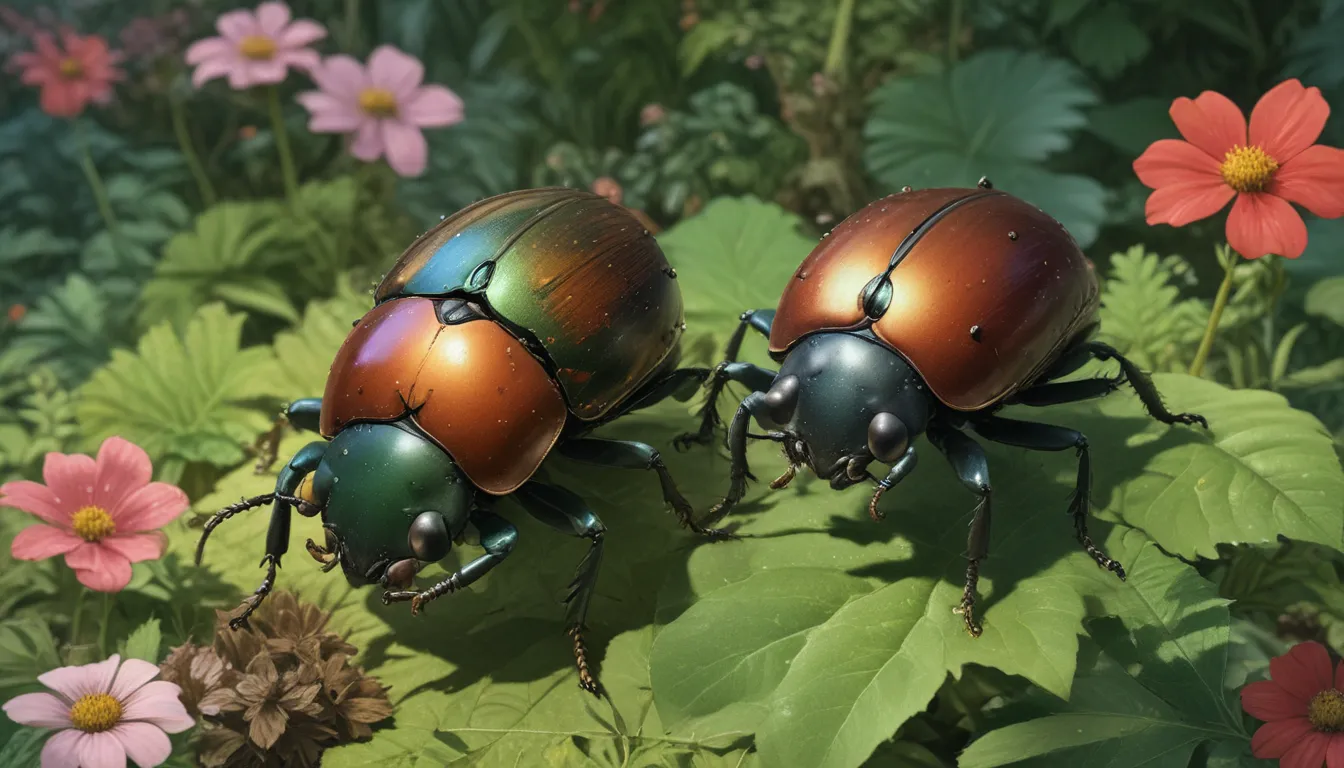Banishing Japanese Beetles: A Comprehensive Guide to Protecting Your Garden

When it comes to summer gardening in the northeast, there’s one uninvited guest that can wreak havoc on your plants – the Japanese beetle. These pesky insects are known for their voracious appetite and can cause significant damage to a wide range of plants, including roses, raspberries, and fruit trees.
Dealing with Japanese beetles can be a challenging task, but with the right knowledge and strategies, you can minimize their presence and protect your garden. In this in-depth guide, we’ll explore everything you need to know about Japanese beetles, from their origins and life cycle to effective prevention and elimination methods.
All About Japanese Beetles
Understanding the biology and behavior of Japanese beetles is crucial to effectively managing them in your garden. Let’s delve into the key aspects of these troublesome insects:
-
Origins and Arrival: Japanese beetles first appeared in the United States in 1916 in Riverton, New Jersey. They are believed to have been brought into the country through shipments of Japanese iris plants. Despite early attempts to control their population, Japanese beetles quickly established themselves, thanks to favorable weather conditions and the absence of natural predators.
-
Life Cycle and Habitat: Japanese beetles go through various life stages, including egg, larva (grub), and adult beetle. The adult beetles feed on leaves and flowers of plants, while the grubs damage turf grass by feeding on roots. Understanding their life cycle can help you target your control efforts effectively.
-
Eating Habits: Japanese beetles have a vast appetite and feed on over two hundred plant species. Some of their favorite plants include roses, raspberries, and fruit trees. They can cause significant damage when they gather in large numbers and feed on plants.
-
Prevention: Implementing preventive measures such as plant selection, lawn maintenance, and reducing water usage can help deter Japanese beetles from infesting your garden. Creating an inhospitable environment for egg-laying females can limit the number of grubs in your soil.
-
Elimination: While complete eradication of Japanese beetles is challenging, there are several strategies you can use to reduce their population. From manual removal and natural predators to biological controls and chemical treatments, there are options to suit different preferences and garden practices.
Dealing with Japanese Beetles: Tips and Tricks
Now that you have a better understanding of Japanese beetles, let’s explore some practical tips and tricks to protect your garden from these troublesome pests:
-
Plant Selection: Choose plants that are less attractive to Japanese beetles, such as ash, boxwood, and juniper. Avoid planting vulnerable species like roses, raspberries, and fruit trees in areas prone to beetle infestations.
-
Lawn Maintenance: Limiting irrigation and mowing your lawn to a moderate height can deter egg-laying females and reduce grub populations in your soil. Consider xeriscaping techniques to save water and create a less appealing environment for beetles.
-
Manual Removal: Handpick adult beetles from plants in the early morning when they are less active. Drop them into a bucket of soapy water to eliminate them effectively. This method can be time-consuming but can help reduce beetle populations in your garden.
-
Biological Controls: Encourage natural predators like birds, spiders, and assassin bugs to feed on Japanese beetles. Consider introducing beneficial insects such as parasitic flies and wasps that target beetle larvae and adults. Milky spore disease and beneficial nematodes are also effective in controlling grub populations.
-
Chemical Treatments: Use organic pesticides like neem oil and horticultural oils to deter and control adult beetles. Apply granular products for grub control only when necessary and following proper safety precautions. Use chemical treatments as a last resort and always read the label instructions carefully.
Conclusion
While Japanese beetles may be a persistent nuisance in your garden, with the right knowledge and proactive measures, you can effectively manage their population and protect your plants. By understanding their life cycle, eating habits, and control methods, you can create a healthy and beetle-resistant garden environment.
Remember, prevention is key when it comes to dealing with Japanese beetles. By implementing a combination of plant selection, lawn maintenance, and targeted control strategies, you can minimize beetle damage and enjoy a thriving garden. Share your experiences and tips for battling Japanese beetles in the comments below – we’d love to hear from you!
Stay tuned for more informative articles and tips on gardening and pest control. Happy gardening!





